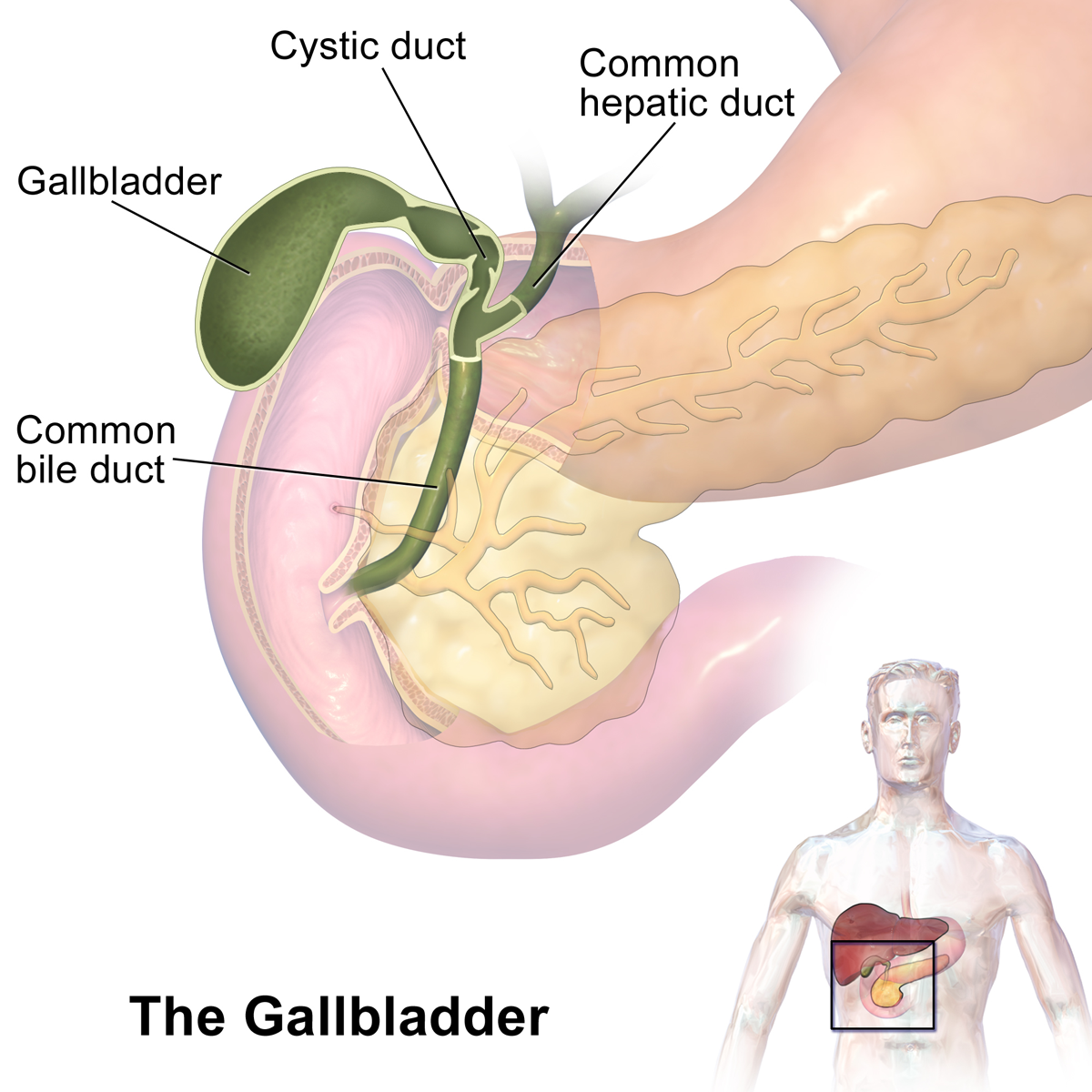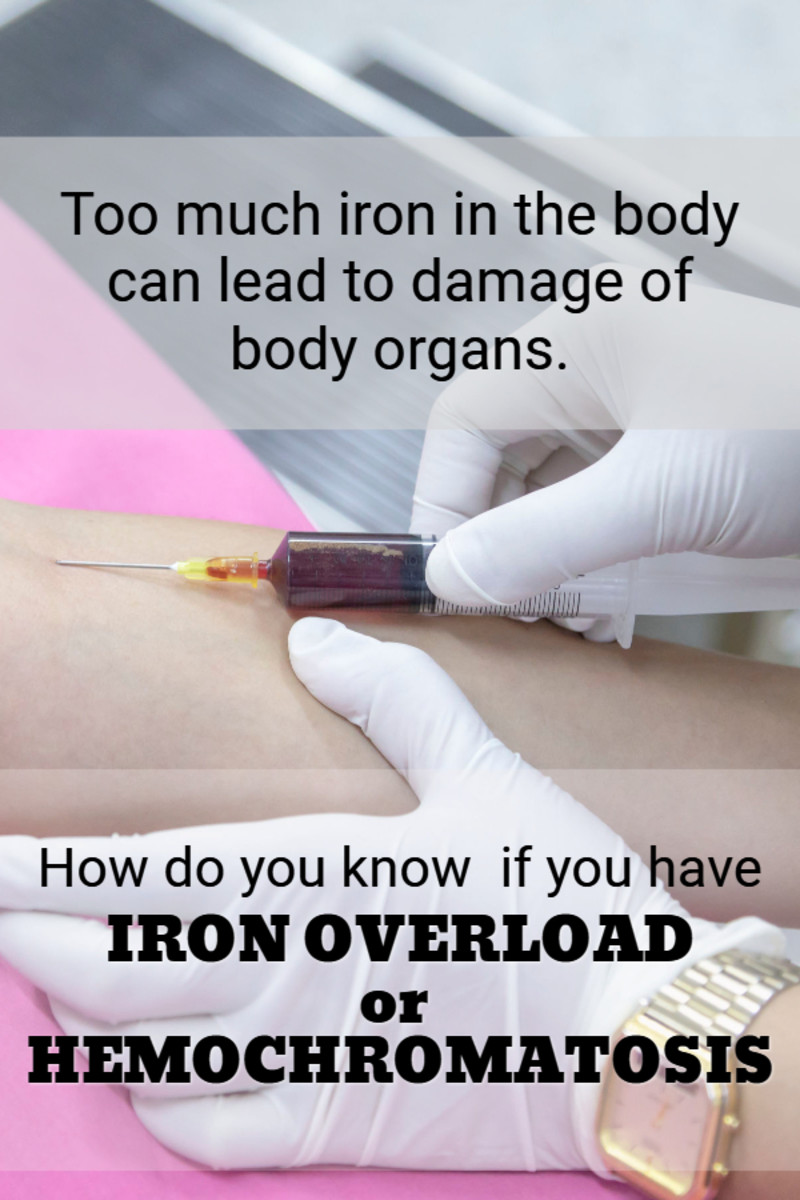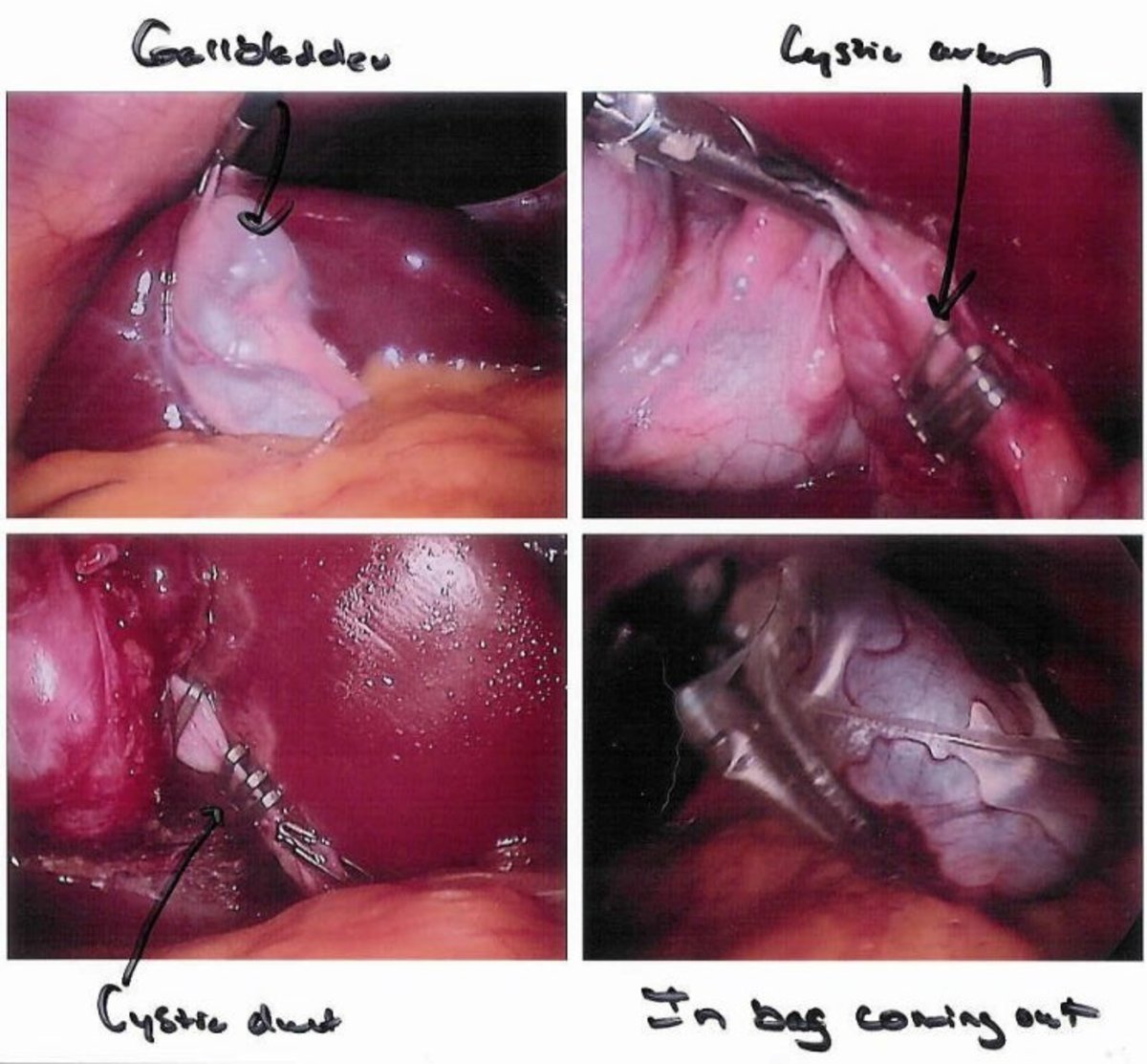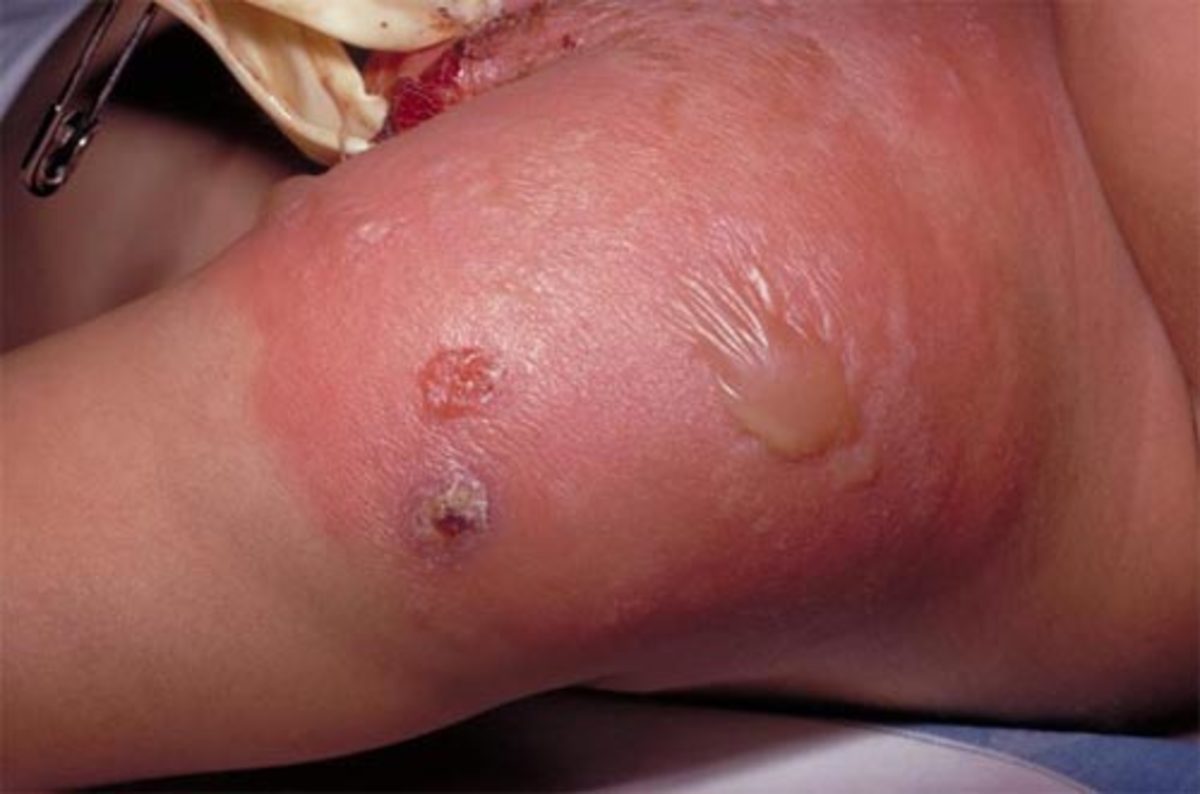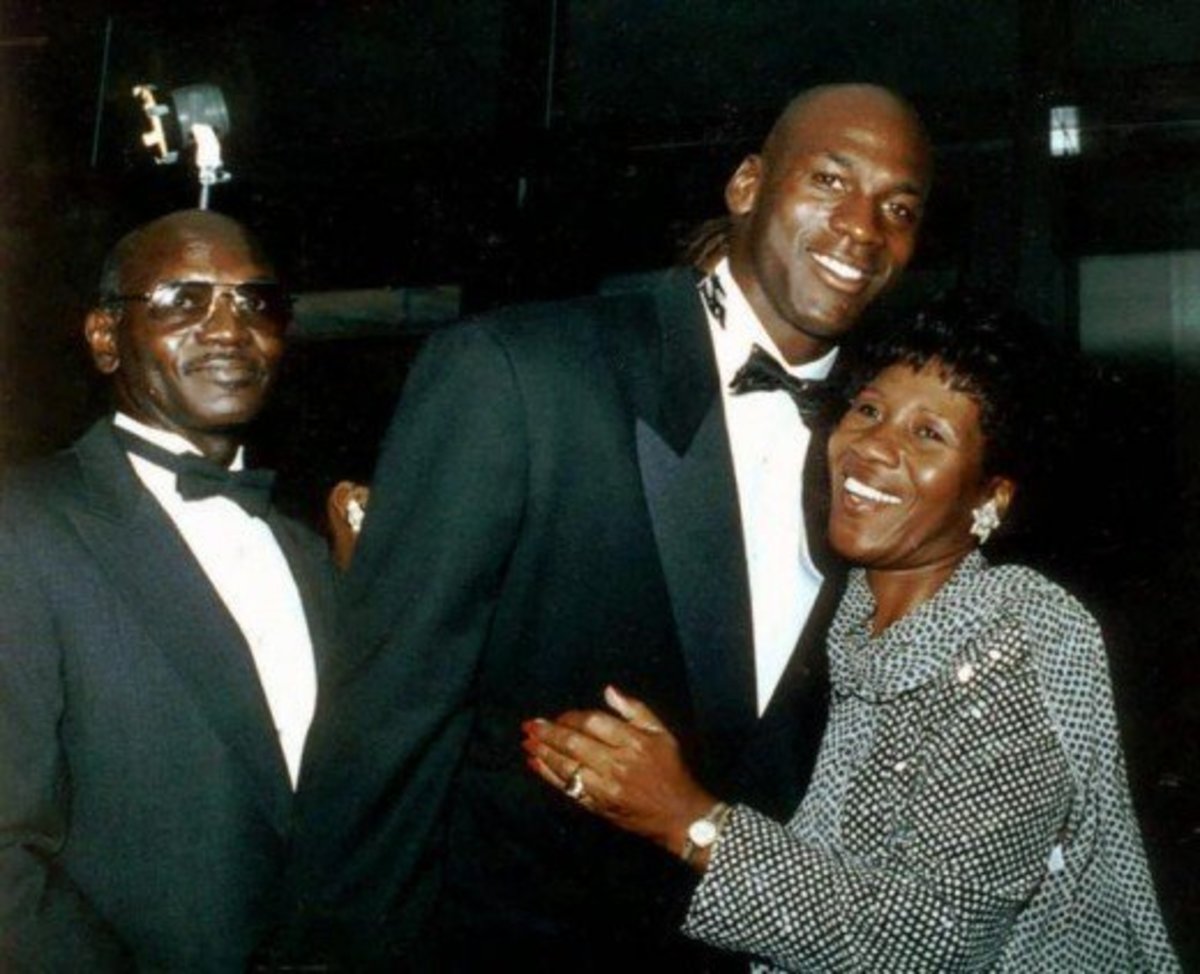Gallstones: Causes, Symptoms and Treatment
What are gallstones?
Gallstones are pebble-like particles that collect in the gall bladder. Most of them are made of cholesterol; some consist of calcium and bilirubin.
The tiny particles are formed when an imbalance occurs in the mixture of the substances in bile. Materials in the gall bladder solidify around these particles, occasionally enlarging them to the size of a walnut. The bile duct carries bile to the duodenum. When these stones are lodged in it, gallstones are called duct stones, and can produce severe colicky pains.
What produces gallstones?
1) This condition is associated with higher than normal level of cholesterol in the bile.
2) Some doctors believe though that the amount of fatty foods a person eats is not related to gallstone formation. What may be the cause is the repeated seesawing between dieting and weight. This mostly happens to overweight people.
3) Oestrogen levels have also been suggested as a cause which may be the reason why women are more likely to develop stones.
Three-quarters of gallstone sufferers are women, especially those over 40 who have had several children. Some people have had gallstones often without symptoms.
Some gallstones though maybe undetected. But when a gallstone blocks the duct, preventing the gall bladder from emptying bile into the small intestine, a searing knife-like pain spreads from the upper right side of the abdomen through the back and sometimes between the shoulder blades. If the attack (biliary colic) lasts long enough, the gall bladder may become engorged and inflamed from bile accumulation; fever and vomiting may occur. If the gallstone blocking the passage of bile in the bile duct slips back into the gall bladder, however, or moves on into the intestine, here may be soreness that lasts a few days-and that's all.
How are Gallstones Diagnosed and Treated?
1) First is to have a check-up with your doctor. He will advise you to get an ultrasound of the upper abdomen once he suspects the problem is in your gall bladder.
2) Othertimes, a CT scan may be helpful. A CT (computerized tomography) Scan is the product of technological marriage between an X-ray and a computer. The X-ray machine moves around the part of the body that is being examined. As it moves, the machine continuously takes pictures, which are then transmitted to a computer and projected on to a screen.
This process results to a series of pictures. Cross-sections of body parts from different angles can now be seen. This helps doctors identify the problem.
Treatment:
Some patients experience fever and painful gall bladder. In cases like these, it involves surgical removal of the gallstones as well as that of the gall bladder.
For high-risk surgeries or if a single stone remains after surgery was done, drugs are sometimes prescribed.
For some, a tube called flexible endoscope is passed through the mouth and into the intestines. A small catheter is inserted into the mouth of the bile duct and opaque dye is injected so that the location of the stone will show up on an x-ray. The hole may be enlarged to allow the stone to pass or a snare utilized to capture it. The patient is under light sedation while the entire procedure is being performed. Patients of this procedure need to stay in the hospital only for a day or two.
The flexible endoscope though cannot be used if the stones are in the gall bladder.

